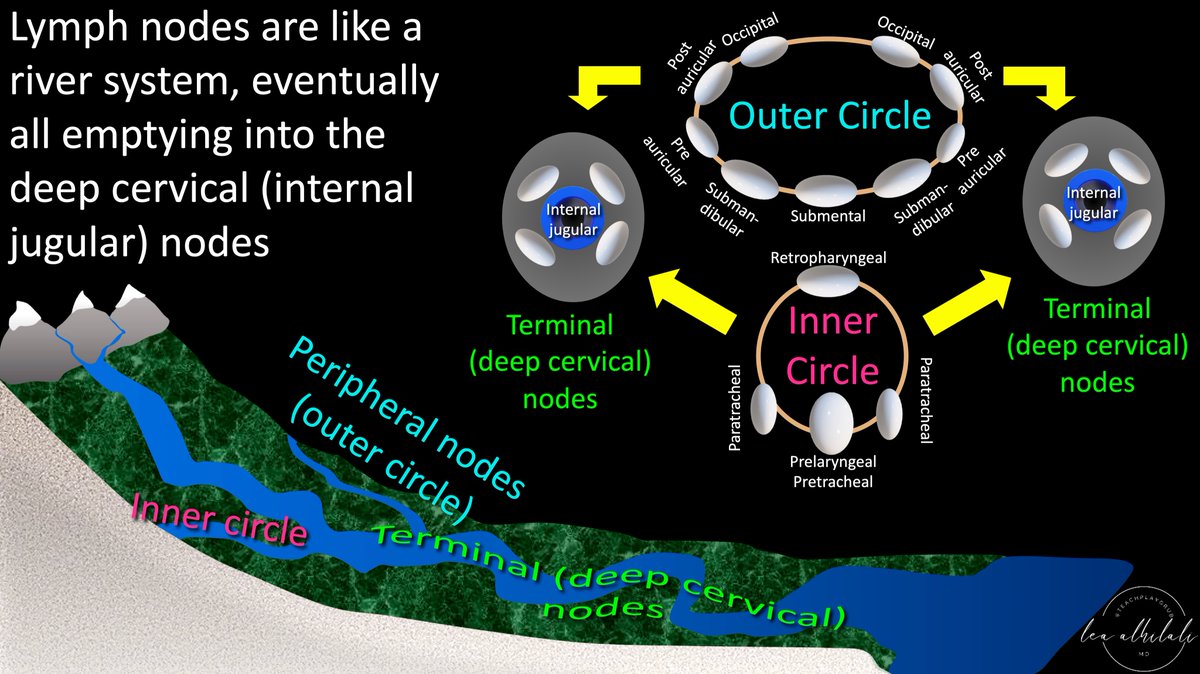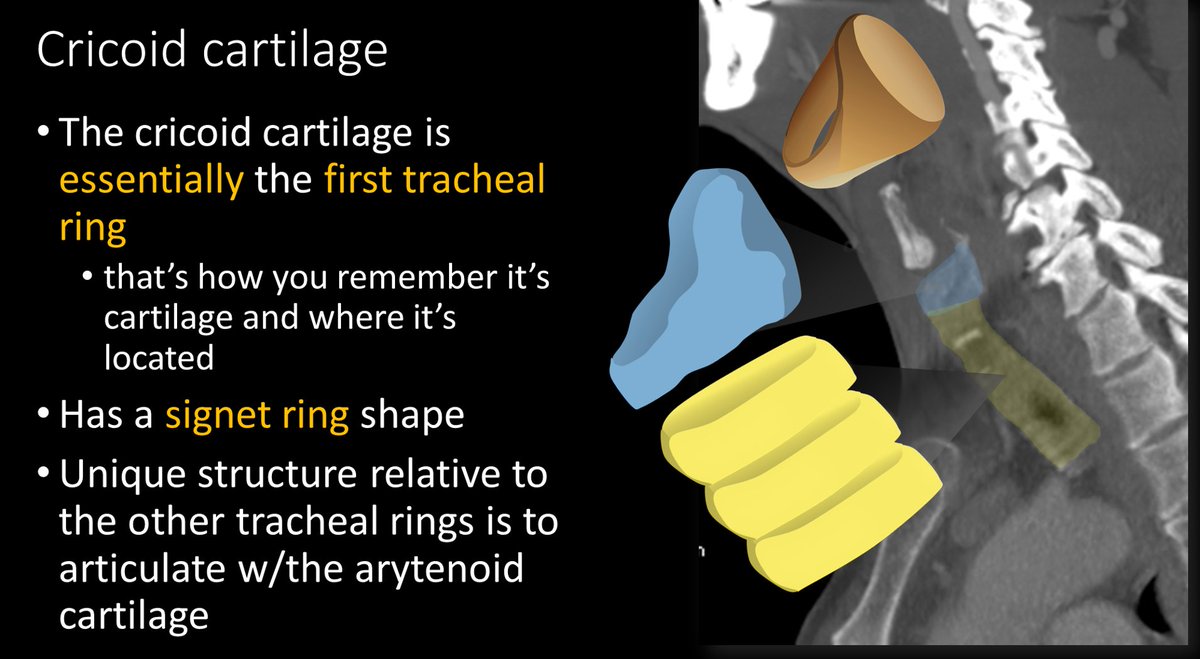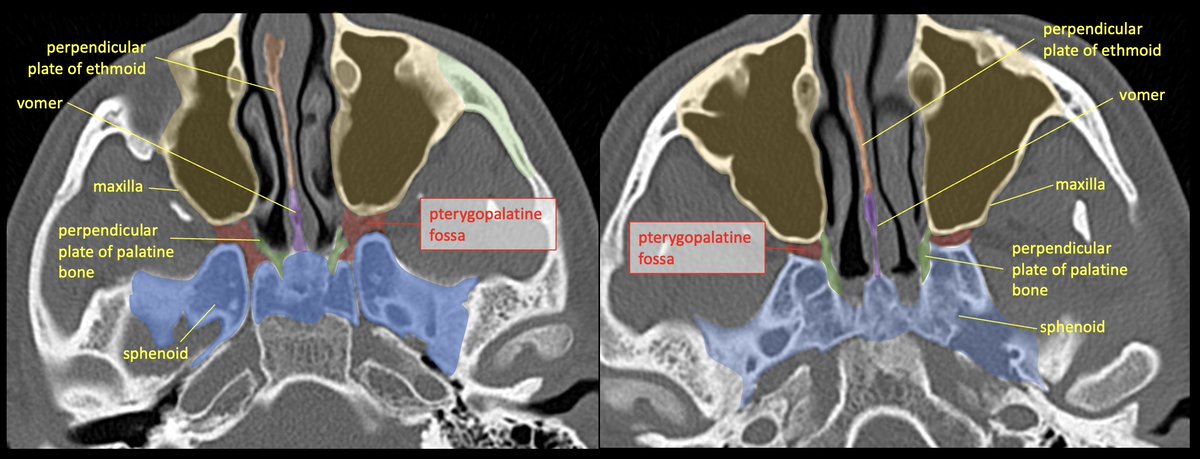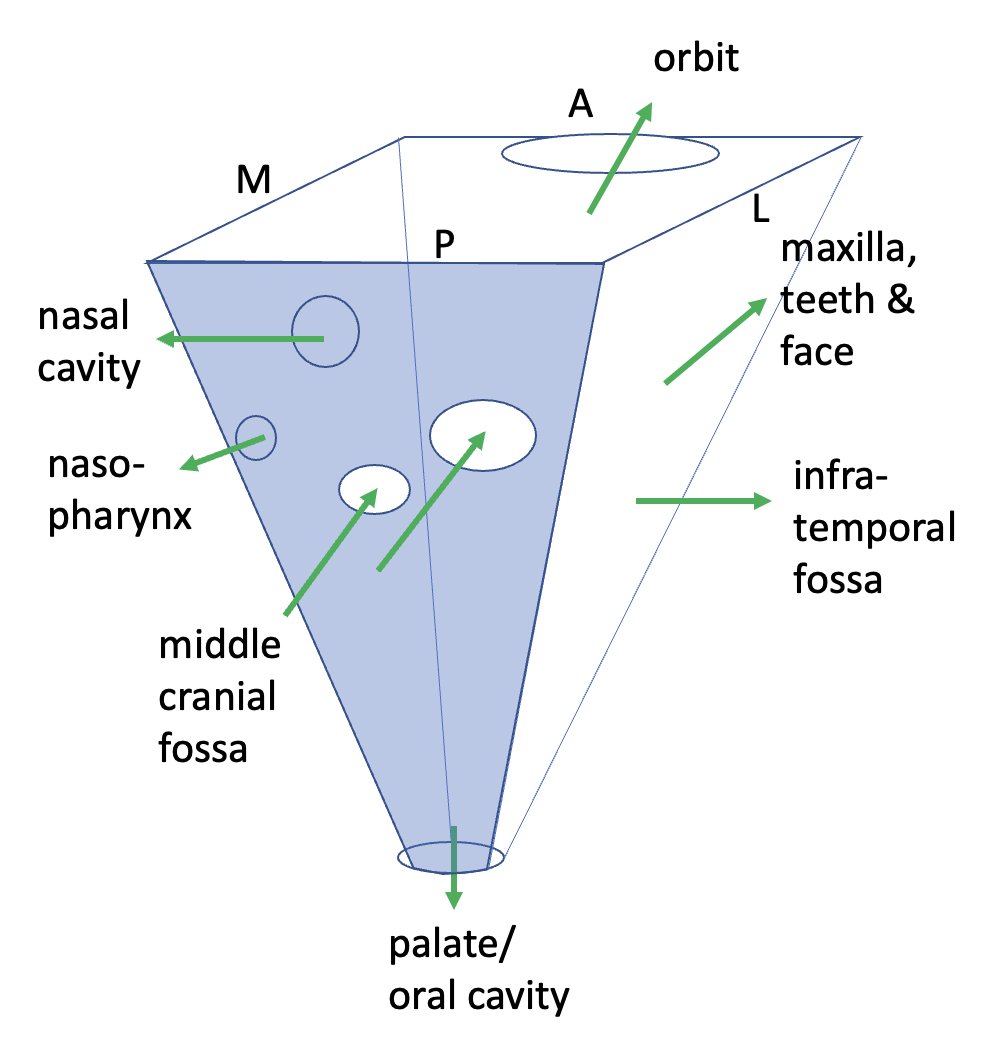Discover and read the best of Twitter Threads about #HNrad
Most recents (15)
1/Does the work up for dizziness make your head spin?
Wondering what you should look for on an MRI for dizziness?
Here’s a #tweetorial on what you can (and can’t) see on MRI in #dizziness
#medtwitter #meded #neurotwitter #neurorad #radres #HNrad #neurotwitter #stroke #FOAMed
Wondering what you should look for on an MRI for dizziness?
Here’s a #tweetorial on what you can (and can’t) see on MRI in #dizziness
#medtwitter #meded #neurotwitter #neurorad #radres #HNrad #neurotwitter #stroke #FOAMed

1/To be or not 2b?? That is the question!
Do you have questions about how to remember cervical lymph node anatomy & levels?
Here’s a #tweetorial to show you how--#Superbowl weekend edition!
#medtwitter #meded #neurorad #HNrad #FOAMed #FOAMrad #radres #radtwitter #ENT #radiology
Do you have questions about how to remember cervical lymph node anatomy & levels?
Here’s a #tweetorial to show you how--#Superbowl weekend edition!
#medtwitter #meded #neurorad #HNrad #FOAMed #FOAMrad #radres #radtwitter #ENT #radiology

1/Time to FESS up! Do you understand functional endoscopic sinus surgery (FESS)?
If you read sinus CTs, you must know what they’re doing to make the helpful findings
Here’s a #tweetorial to help you!
#medtwitter #meded #FOAMed #FOAMrad #radres #neurorad #HNrad #radtwitter
If you read sinus CTs, you must know what they’re doing to make the helpful findings
Here’s a #tweetorial to help you!
#medtwitter #meded #FOAMed #FOAMrad #radres #neurorad #HNrad #radtwitter
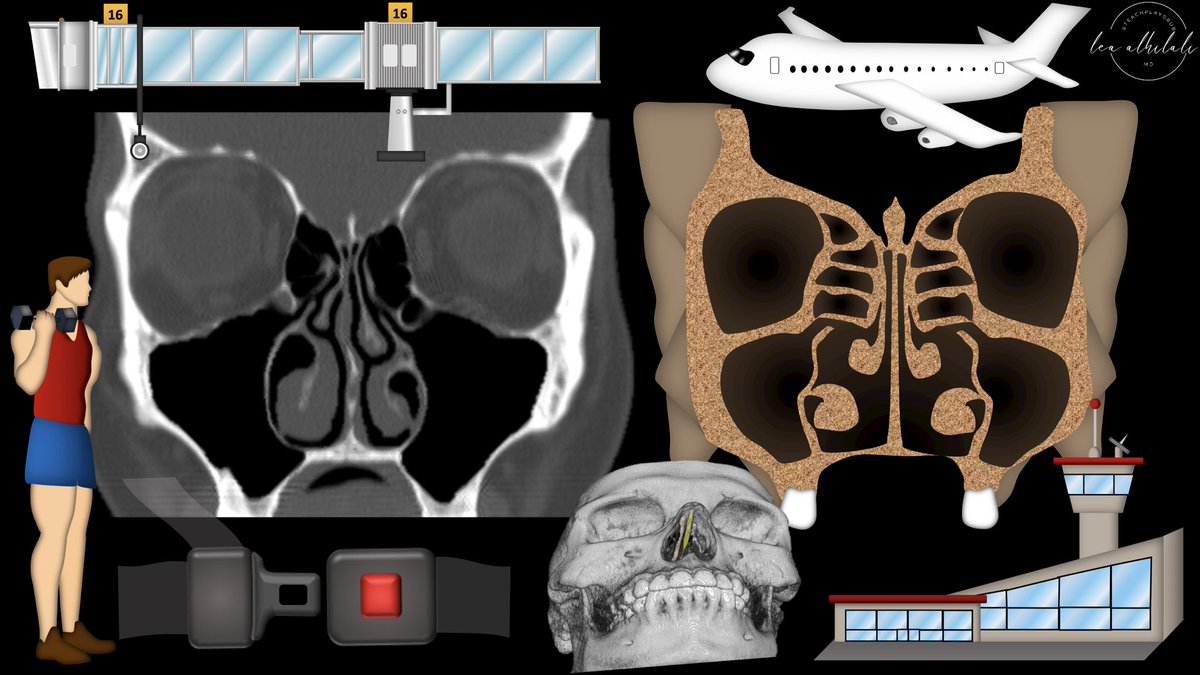
1/Tonsillar or peritonsillar abscess? That is the question! When you look at a neck CT, do you know which one to say?
A #tweetorial on #tonsillitis complications
#medtwitter #radtwitter #neurorad #radres #meded #FOAMed #FOAMrad #HNrad #medstudenttwitter #RSNA2022
A #tweetorial on #tonsillitis complications
#medtwitter #radtwitter #neurorad #radres #meded #FOAMed #FOAMrad #HNrad #medstudenttwitter #RSNA2022

1/Frontal sinus fractures are a headache! Knowing what's important about these fractures is important to any trauma CT report
Here’s a #tweetorial to help you remember & understand these critical fractures
#meded #medstudent #radres #neurorad #HNrad #FOAMed #FOAMrad #medtwitter
Here’s a #tweetorial to help you remember & understand these critical fractures
#meded #medstudent #radres #neurorad #HNrad #FOAMed #FOAMrad #medtwitter

1/Sometimes the tiniest thing can be the biggest pain—that’s microvascular compression of the trigeminal nerve! But seeing such a tiny finding can be hard!
Here’s a 🧵 about how to look at the trigeminal nerve on MRI. #medtwitter #neurotwitter #neurorad #meded #FOAMed #HNrad
Here’s a 🧵 about how to look at the trigeminal nerve on MRI. #medtwitter #neurotwitter #neurorad #meded #FOAMed #HNrad

1/Does trying to figure out cochlear anatomy cause your head to spiral? Hungry for some help?
Here’s a #tweetorial to help you untwist cochlear CT anatomy w/food analogies!
#medtwitter #FOAMed #FOAMrad #medstudenttwitter #medstudent #neurorad #radres
@MedTweetorials #HNrad
Here’s a #tweetorial to help you untwist cochlear CT anatomy w/food analogies!
#medtwitter #FOAMed #FOAMrad #medstudenttwitter #medstudent #neurorad #radres
@MedTweetorials #HNrad

1/Hungry for a good case?! Radiologists love imaging findings that look like food—this case takes it to the next level
A🧵about an interesting case that really brought the phrase “watching what you eat” home #medtwitter #radres #FOAMed #FOAMrad #neurorad #Meded #radiology #HNrad
A🧵about an interesting case that really brought the phrase “watching what you eat” home #medtwitter #radres #FOAMed #FOAMrad #neurorad #Meded #radiology #HNrad

1/As my attending once said, “If I’ve seen it once, I’ve seen it…well once.”
A 🧵about an interesting case that I’ve seen once in 15 years and never again. #medtwitter #radres #FOAMed #FOAMrad #neurorad #Meded #Neurosurgery #HNrad
A 🧵about an interesting case that I’ve seen once in 15 years and never again. #medtwitter #radres #FOAMed #FOAMrad #neurorad #Meded #Neurosurgery #HNrad

1/ Is the voice box a black box for you?! Let's open the pandora's box of the anatomy of the #larynx together
An introductory #tweetorial on laryngeal #anatomy and the supporting structures. #FOAMed #medtwitter #meded #neurorad #HNrad #FOAMrad #medstudenttwitter @MedTweetorials
An introductory #tweetorial on laryngeal #anatomy and the supporting structures. #FOAMed #medtwitter #meded #neurorad #HNrad #FOAMrad #medstudenttwitter @MedTweetorials

1/Mike Tyson once said, “Everyone has a plan until they get punched.”
In honor of all the great hooks and crosses—here is a #tweetorial about mandibular fxs! #FOAMed #medtwitter #Meded #neurorad #HNrad #FOAMrad #Medstudenttwitter @MedTweetorials
In honor of all the great hooks and crosses—here is a #tweetorial about mandibular fxs! #FOAMed #medtwitter #Meded #neurorad #HNrad #FOAMrad #Medstudenttwitter @MedTweetorials
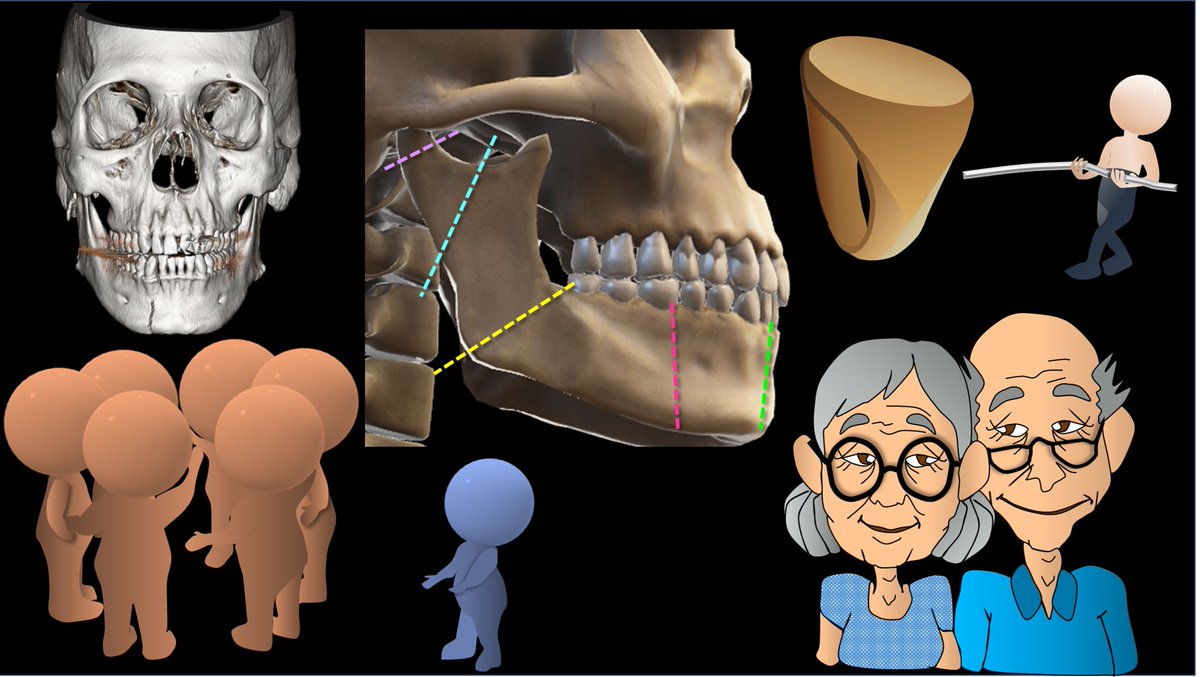
Pterygopalatine fossa🧵- inspired by ?s from med students in neuroanatomy lab & a resident w/ case of perineural tumor spread on same day! #meded #FOAMrad #medtwitter #medstudents #radiology #neurorad #HNrad #radres #neurology #ENT #temporalbone #neurosurgery #neuroanatomy
1/22
1/22
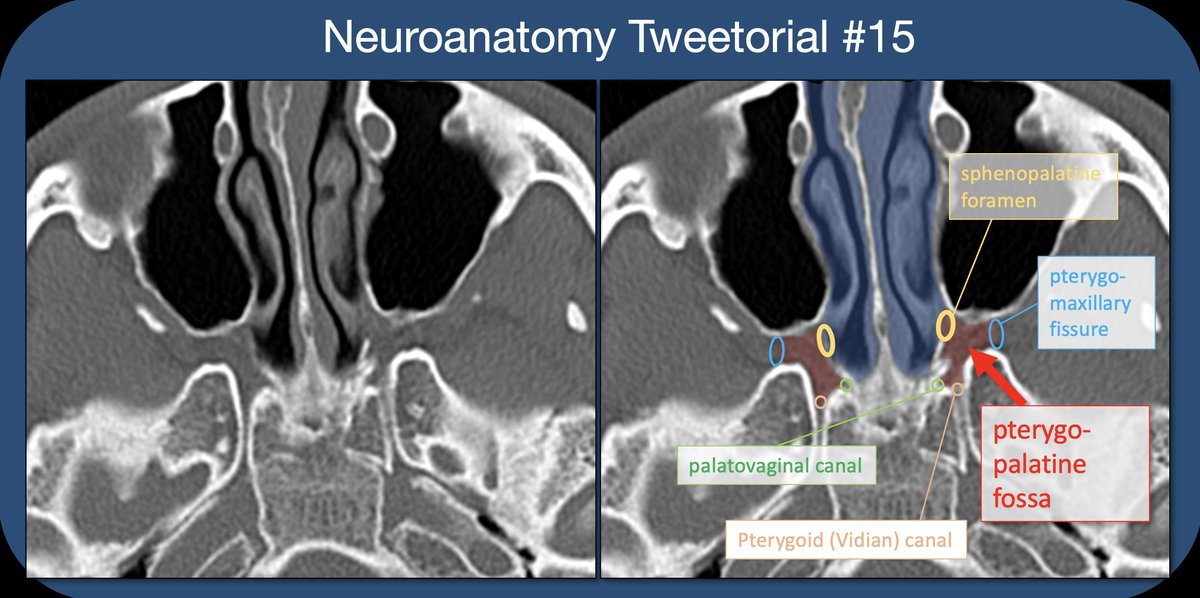
Neuroanatomy TOTD #15🧵
The inner ear #tweetorial--it packs a large functional punch for its small size-strap in!
#meded #FOAMed #FOAMrad #medtwitter #medstudents #radiology #neurorad #HNrad #radres #neurology #ENT #temporalbone #neurosurgery #neuroanatomy #neuroanatomyTOTD
1/24
The inner ear #tweetorial--it packs a large functional punch for its small size-strap in!
#meded #FOAMed #FOAMrad #medtwitter #medstudents #radiology #neurorad #HNrad #radres #neurology #ENT #temporalbone #neurosurgery #neuroanatomy #neuroanatomyTOTD
1/24
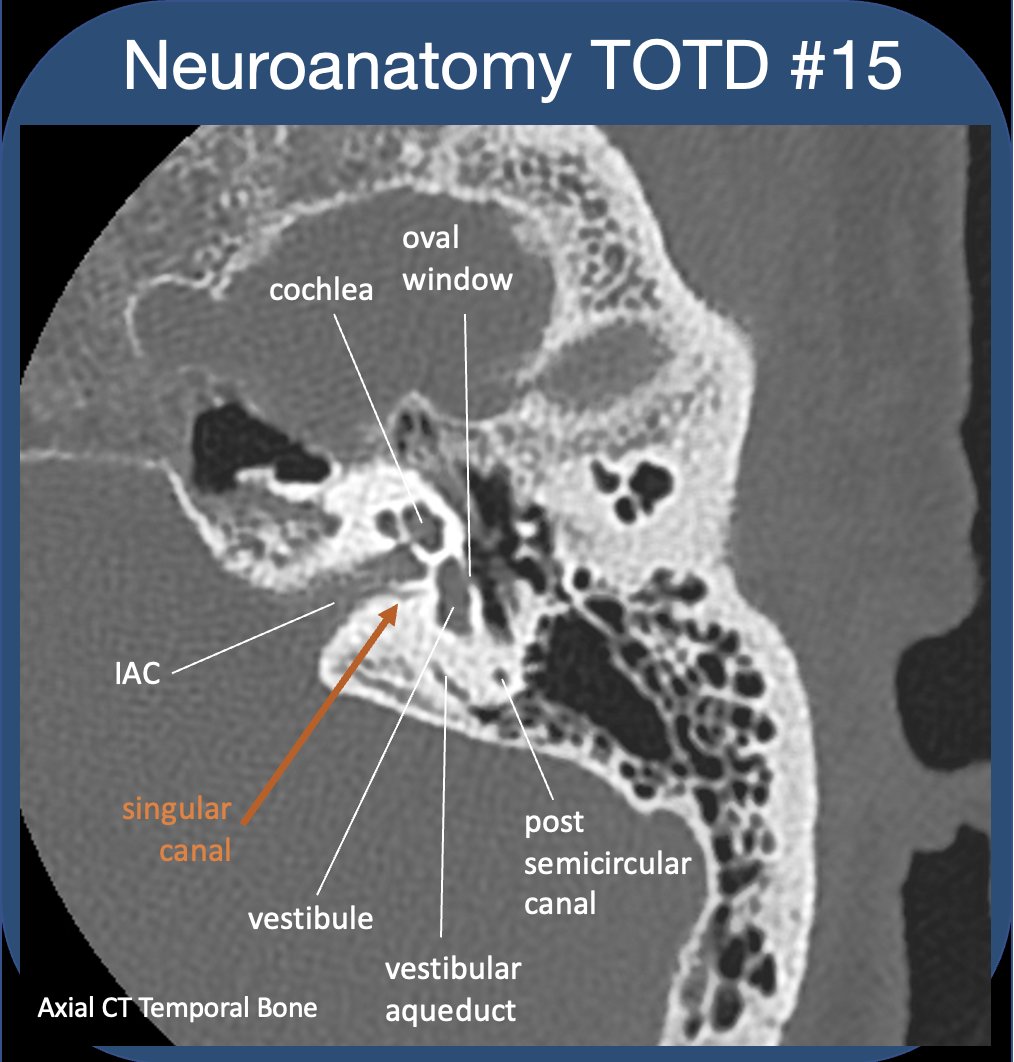
To evaluate the t-bone, best to compartmentalize--external/middle/inner ear (IE). See previous #tweetorial of the ME. The IE is difficult as most structures are obliquely oriented (at different obliquities!)-and can be hard to see on standard views. 2/24


We're kicking off #HNxHN on Submandibular and Sublingual Space from @ASHNRSociety & @ESHNRSociety . Follow below for a recap thread and then check out the full length talks online.
👇
👇
First, we'll start with a discussion on anatomy of these spaces by Dr. Julie Bykowski.
“Finding the genioglossus (muscle) is key to getting your bearings when evaluating scans that may be degraded due to dental artifact or distortion due to tumors.”
#HNxHN
“Finding the genioglossus (muscle) is key to getting your bearings when evaluating scans that may be degraded due to dental artifact or distortion due to tumors.”
#HNxHN

The hyoglossus muscle is an important landmark for the sublingual space. The lingual nerve and submandibular duct travel lateral to the hyoglossus, and the lingual artery and vein are deep/medial to it.
#HNxHN
#HNxHN




